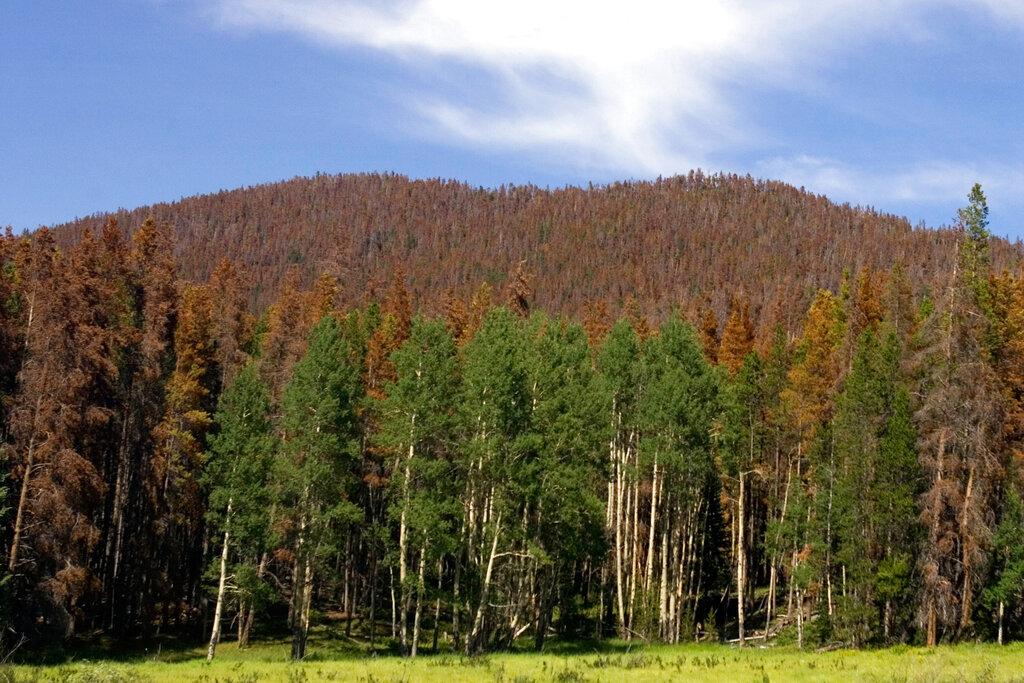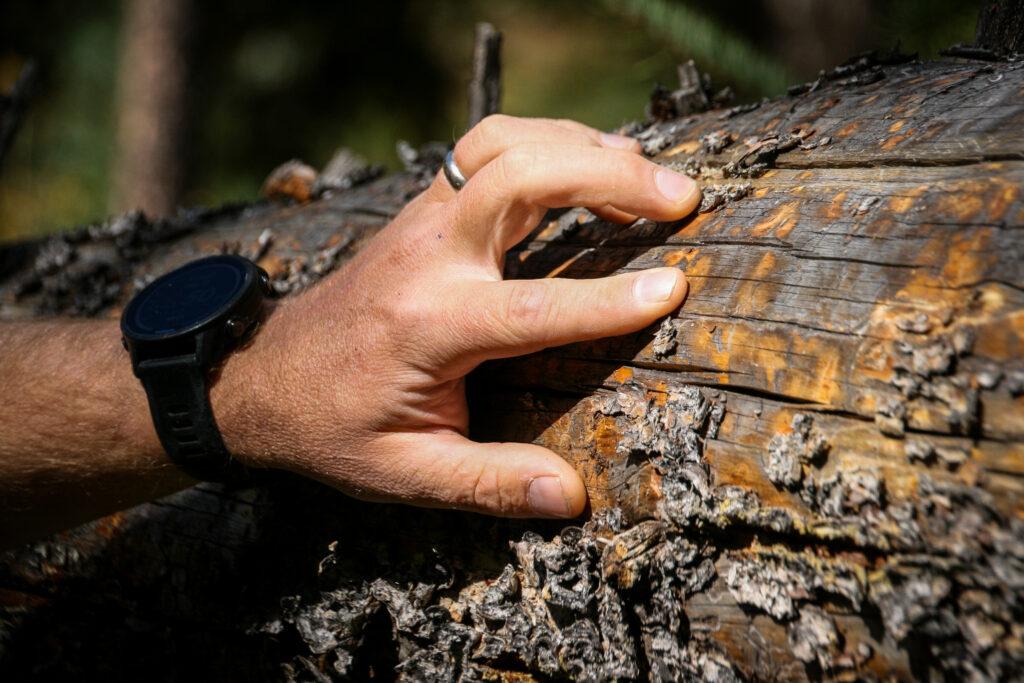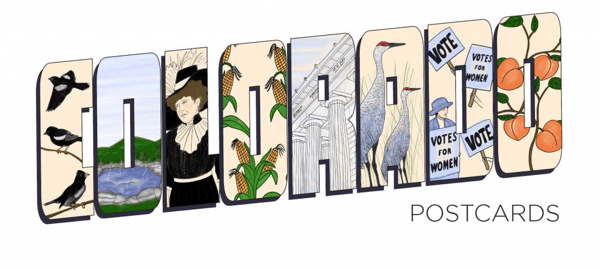
An insect known for turning entire mountainsides the color of rust could be making a resurgence in Colorado.
The pest is none other than the mountain pine beetle. After a roughly decade-long period of relatively lower populations, the bugs are rebuilding their numbers along the Front Range and in southwest Colorado, according to an annual forest health report published by the Colorado State Forest Service in late March.
“I’m a little concerned moving in this summer because we really haven’t had any precipitation,” said Dan West, the forest entomologist for the Colorado State Forest Service. “I’m worried bark beetles are going to increase their populations in these drought-stricken trees.”
Few bugs have had a more visible impact on forests across the western U.S. Between the late 1990s and early 2010s, the rice-sized native insects took advantage of relatively dry and warm weather to rapidly expand their numbers. The resulting outbreak painted expanses of green mountains reddish-orange and gray as the beetles killed countless pine trees across the region.
Colorado’s popular recreation areas were hit especially hard by the epidemic. Out of about 4.1 million acres of pine forests across the state, more than 80 percent were impacted by the beetles between 1996 and 2013, according to aerial surveys conducted by the Colorado State Forest Service.

West said the outbreak was slowed by the same “biblical rains” that flooded Boulder and Lyons in 2013.
The relatively wet period allowed trees to build up their defenses against the beetles, and the bark-burrowing pests declined to more normal populations. An industry built around the blue-stained wood colored by the fungus the beetles carried into pine trees even struggled to survive.
More recent surveys, however, suggest the beetles are making a comeback. In 2020, only about 300 acres were impacted by the insects. That total increased to roughly 5,600 acres in 2024 as the beetles killed trees along the Front Range and the Mosquito Range in Chaffee County and Park County. The bugs also found and damaged lodgepole pine forests in Gunnison County that escaped earlier infestations.
West said it’s clear the beetles thrive amid drier, warmer weather. Besides leaving pine trees vulnerable, a hotter climate also means that Colorado’s forests experience fewer deep cold snaps capable of killing off the beetle population.
“It truly is amazing how well these bark beetles track with a lot of the temperature and precipitation regimes,” West said.
Property owners have options to protect trees from another outbreak. In addition to using chemicals to kill beetles, West said other sprays can interrupt insect communication to slow infestations. Thinning forests can also leave remaining trees in a better position to ward off infections.
Those options could help guard against another widespread outbreak over the next few years.
“I don't think we're at the stage where we're calling for alarm yet, but it sure looks like we're sitting at this precipice where we could really start to see beetle activity increase,” West said.









